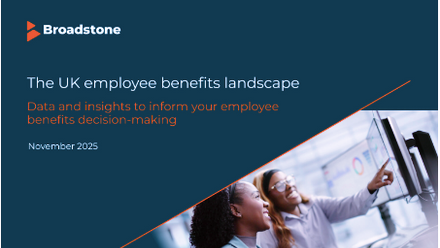Expert view: Employers need to develop a three- to five-year health plan, says Mercer’s Mike Naulls
When analysing the leading health concerns in the UK workforce right now, the conditions that come to mind are mainly related to musculoskeletal (MSK) issues. Mobility problems and conditions such as arthritis and osteoporosis are on the rise when looking at claims data, and, within the context of an ageing workforce, this trend is bound to continue.
Health issues rarely exist in a vacuum, and, with reduced mobility from an MSK-related condition, other issues arise, such as diabetes and heart disease – some of the leading causes of death in the UK. The final condition employers always need to be mindful of is cancer, which is now deemed as a chronic condition, as advances in medical treatment mean that those diagnosed will live for several years after diagnosis.
With a large proportion of the population likely to develop some form of chronic condition or major illness in their lifetime, employers need to think not just how they support their workforce now, but how to mitigate and manage the cost associated with these chronic conditions in the future.
Complex predictions
When assessing healthcare benefits, employers have historically focused on what the next year brings, but this short-termism can lead to battling unexpected price increases and budget stretching. From a risk mitigation perspective, employers will need to begin questioning what their three- to five-year plan is when it comes to health strategies, rather than what the year ahead might bring.
There’s also a temptation to focus too heavily on the healthcare spend for major conditions such as cancer and heart disease, as these are likely to cause insurance premiums to rise. However, given that the majority of claims arise from MSK issues, the overall cost of these conditions may have more of an impact on the workforce than employers anticipate. Focusing solely on claims with high costs will not provide employers with the full picture.
When developing their health benefits proposition, employers often benchmark against competitors in a bid to win the war on talent. While this metric is important, we encourage employers to measure whether their benefits are also being optimised.
This means preventing benefit duplication and ensuring that the benefits on offer serve the unique needs of an organisation’s workforce.
Employer-funded healthcare is a challenge for all organisations. To remain resilient, there needs to be an ongoing conversation about future conditions and a good understanding of workforce demographics, with future cost increases factored in.
Supplied by REBA Associate Member, Mercer
At Mercer, we believe in building brighter futures.








